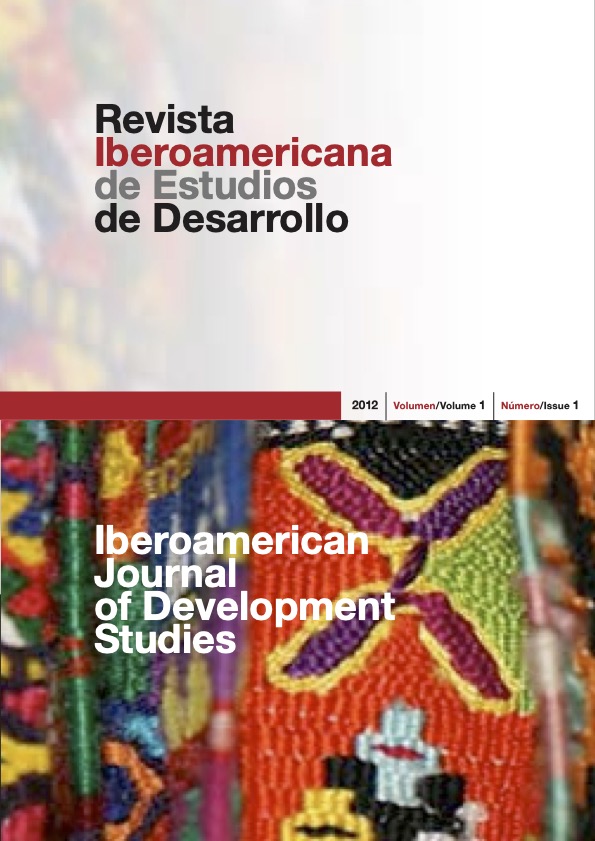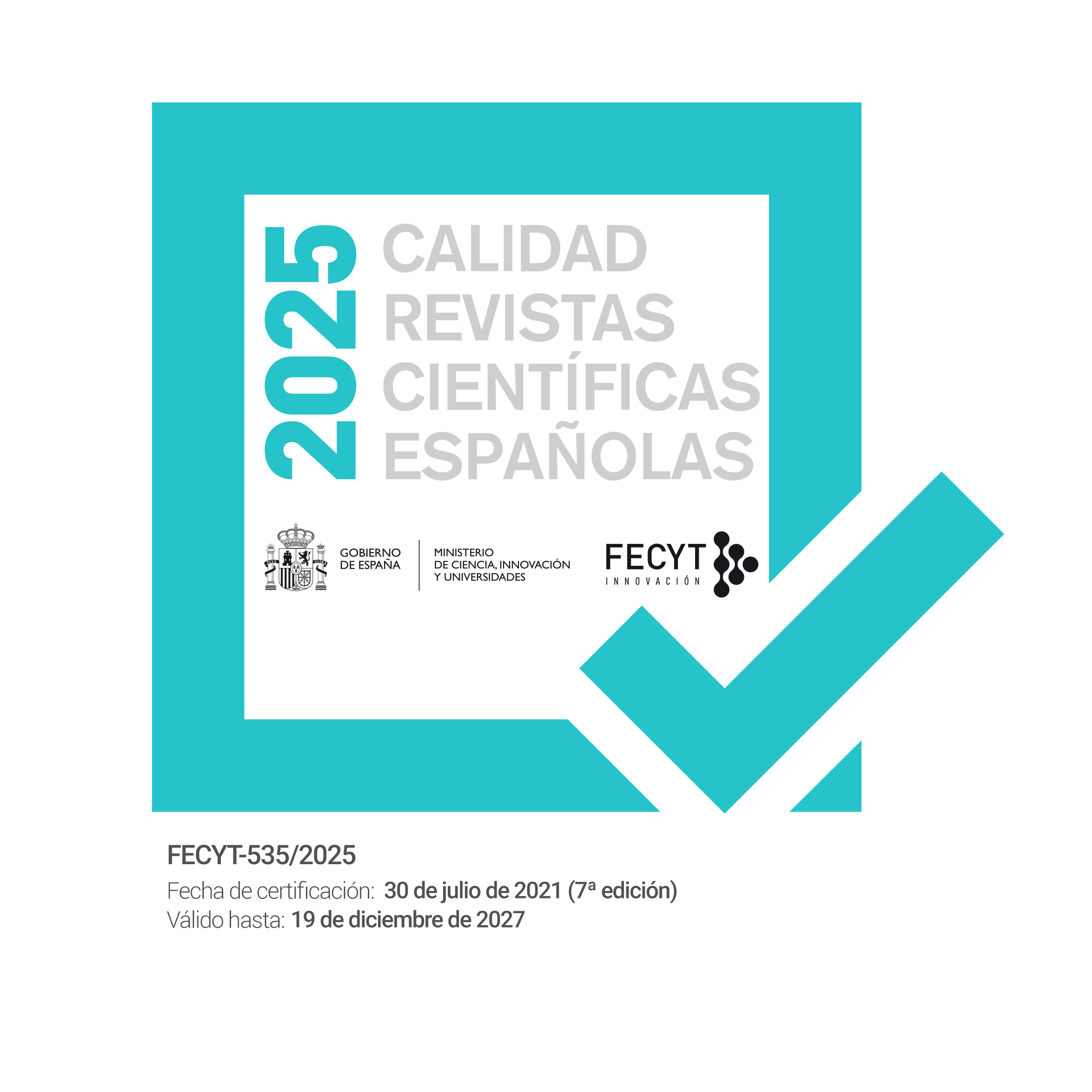Impact pathways of trade liberalization on rural livelihoods: A case study of smallholder maize farmers in Mexico
DOI:
https://doi.org/10.26754/ojs_ried/ijds.38Palabras clave:
Mexico, liberalización comercial, estrategias de sustento, minifundios de maíz, pobrezaResumen
Las investigaciones que evalúan el impacto de la liberalización comercial en poblaciones rurales pobres puede dividirse en dos categorías: investigaciones más cuantitativas, que analizan relaciones entre variables específicas y medibles (como cambios en el entorno macroeconómico y su impacto en los niveles de renta de los agricultores); e investigaciones más cualitativas, que toman la política comercial como un contexto y proporcionan datos amplios y descriptivos sobre estrategias de sustento dinámicas. En este artículo se dibuja un esquema que podría emplearse para integrar estos dos enfoques desentrañando las relaciones macro-micro entre las políticas nacionales y las respuestas a un nivel de hogar. Analizando el sector de maíz mexicano, dibujamos las sendas a través de las cuales la liberalización comercial (incluyendo el Acuerdo de Libre Comercio de América del Norte) ha interactuado con cambios en instituciones gubernamentales y de esta manera ha impactado en las estrategias de sustento de los agricultores. Identificamos tres sendas que impactan hogares e individuos: empresas, canales de distribución y gobierno; y las relacionamos con cinco estrategias de lucha contra la pobreza rural por parte de los pequeños campesinos: intensificación, diversificación, expansión, mayores ingresos fuera de la agricultura, y abandono de la agricultura. En base a un estudio de caso en Chiapas (Mexico), analizamos las respuestas de los agricultores a las políticas de post-liberalización agrícola. Los datos sugieren que los agricultores han intensificado la producción de maíz, han buscado más empleos fuera de las explotaciones o han abandonado la agricultura. El potencial de los pequeños campesinos para escapar de la pobreza diversificando cultivos o expandiendo sus tierras o el tamaño de sus rebaños no se ha materializado. Proporcionamos un esquema conceptual para relacionar el impacto de la liberalización con las estrategias de sustento rural y sugerimos que este esquema es útil en un contexto de iniciativas de modernización agrícolas que buscan incrementar la producción y productividad agrícolas.
CITAR COMO:
Hellin, J., Groenewald, S., Keleman, A. (2012). Impact pathways of trade liberalization on rural livelihoods: A case study of smallholder maize farmers in Mexico. Iberoamerican Journal of Development Studies, 1 (1): 58-82
Descargas
Descargas
Publicado
Número
Sección
Licencia
Derechos de autor 2012 Jon Hellin, Sytske Groenewald, Alder Keleman

Esta obra está bajo una licencia internacional Creative Commons Atribución-NoComercial-SinDerivadas 4.0.






